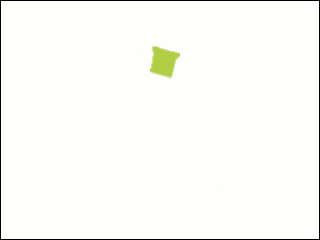transliteration no katakana origin 乃 | hiragana origin 乃 | |
 | ||
の, in hiragana, and ノ, in katakana, are Japanese kana, both representing one mora. In the gojūon system of ordering of Japanese syllables, it occupies the 25th position, between ね (ne) and は (ha). It occupies the 26th position in the iroha ordering. Both represent [no].
Contents
Stroke order
To write の, begin slightly above the center, stroke downward diagonally, then upward, and then curve around as indicated by the arrows.
To write ノ, simply do a swooping curve from top-right to bottom left.
Character
Alternative forms
The Morse code for の, or ノ, is ・・--.
See also hentaigana and gyaru-moji for other variant kana forms of no.
History
Like every other hiragana, the hiragana の developed from man'yōgana, kanji used for phonetic purposes, written in the highly cursive, flowing grass script style. In the picture on the left, the top shows the kanji 乃 written in the kaisho style, and the centre image is the same kanji written in the sōsho style. The bottom part is the kana for "no", a further abbreviation.
Usage
の is a dental nasal consonant, articulated on the upper teeth, combined with a close-mid back rounded vowel to form one mora.
In the Japanese language, as well as forming words, の may be a particle showing possession. For example, the phrase "わたしのでんわ” watashi no denwa means "my telephone."
の has also proliferated on signs and labels in the Chinese-speaking world, especially in Taiwan because of its historical connections with Japan. (See Taiwan under Japanese rule.) It is used in place of the Modern Chinese possessive marker 的 de or Classical Chinese possessive marker 之 zhī, and の is pronounced in the same way as the Chinese character it replaces. This is usually done to "stand out" or to give an "exotic / Japanese feel", e.g. in commercial brand names, such as the fruit juice brand 鲜の每日C, where the の can be read as both 之 zhī, the possessive marker, and as 汁 zhī, meaning "juice". In Hong Kong, the Companies Registry has extended official recognition to this practise, and permits の to be used in Chinese names of registered businesses; it is thus the only non-Chinese symbol to be granted this treatment (aside from punctuation marks with no pronunciation value).
